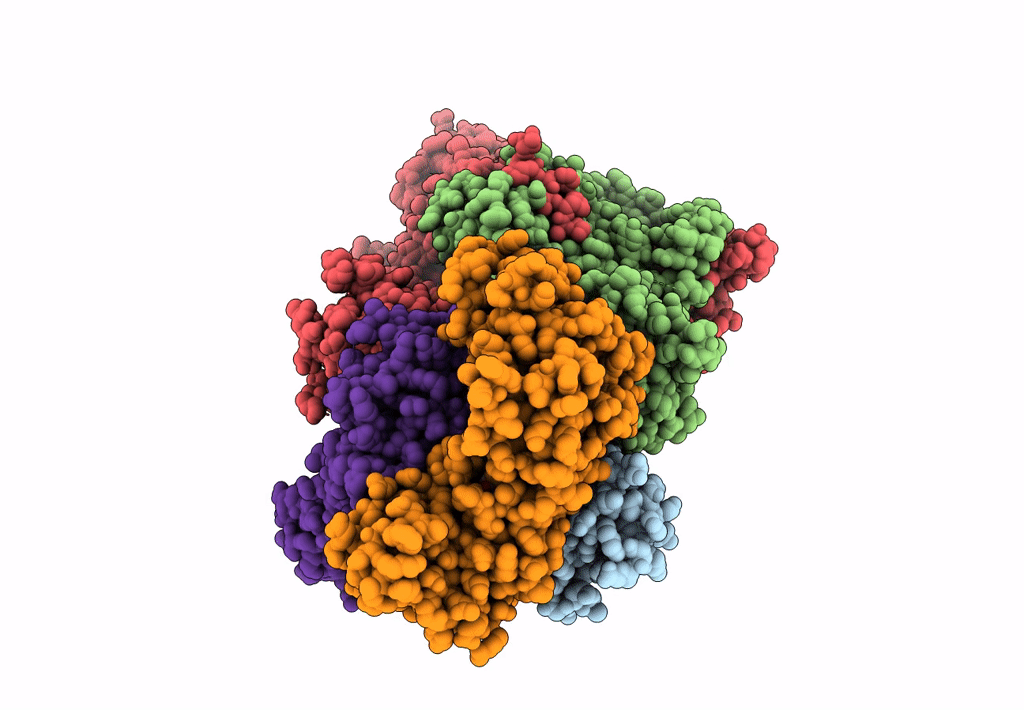
Deposition Date
2020-08-18
Release Date
2021-01-06
Last Version Date
2025-07-02
Method Details:
Experimental Method:
Resolution:
4.80 Å
Aggregation State:
PARTICLE
Reconstruction Method:
SINGLE PARTICLE


